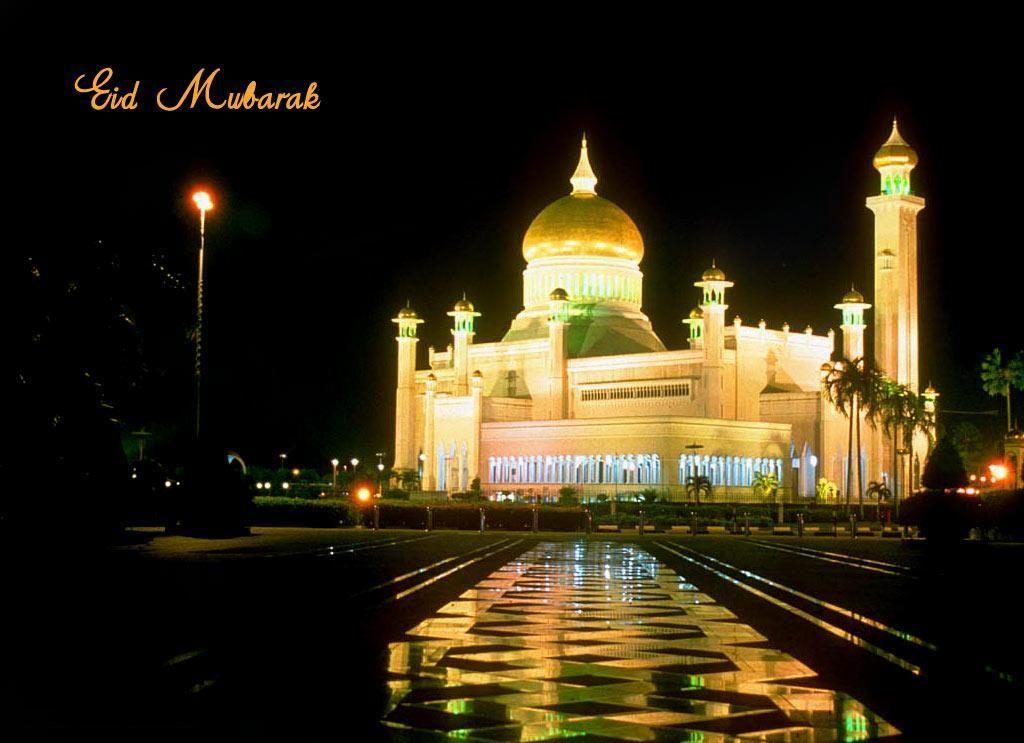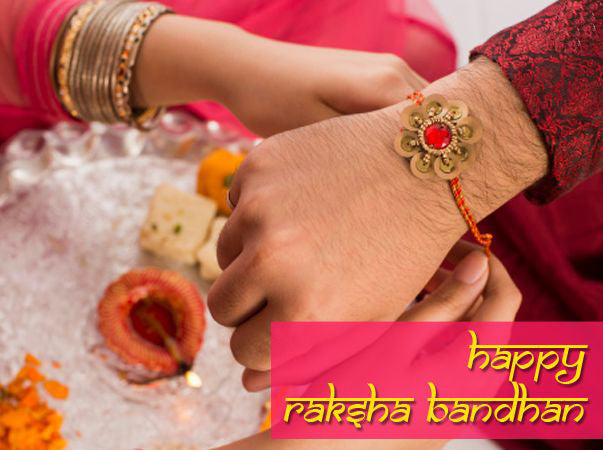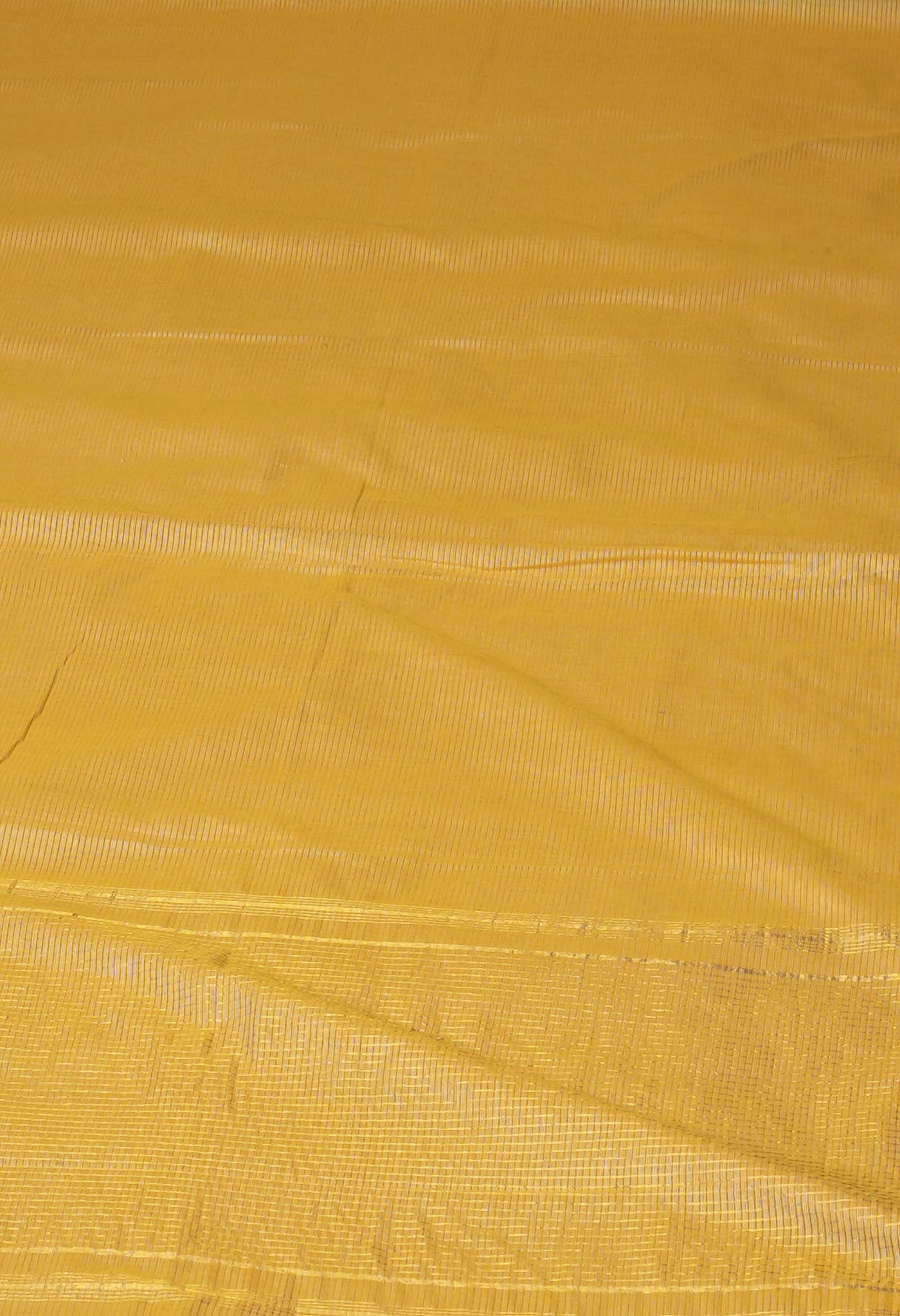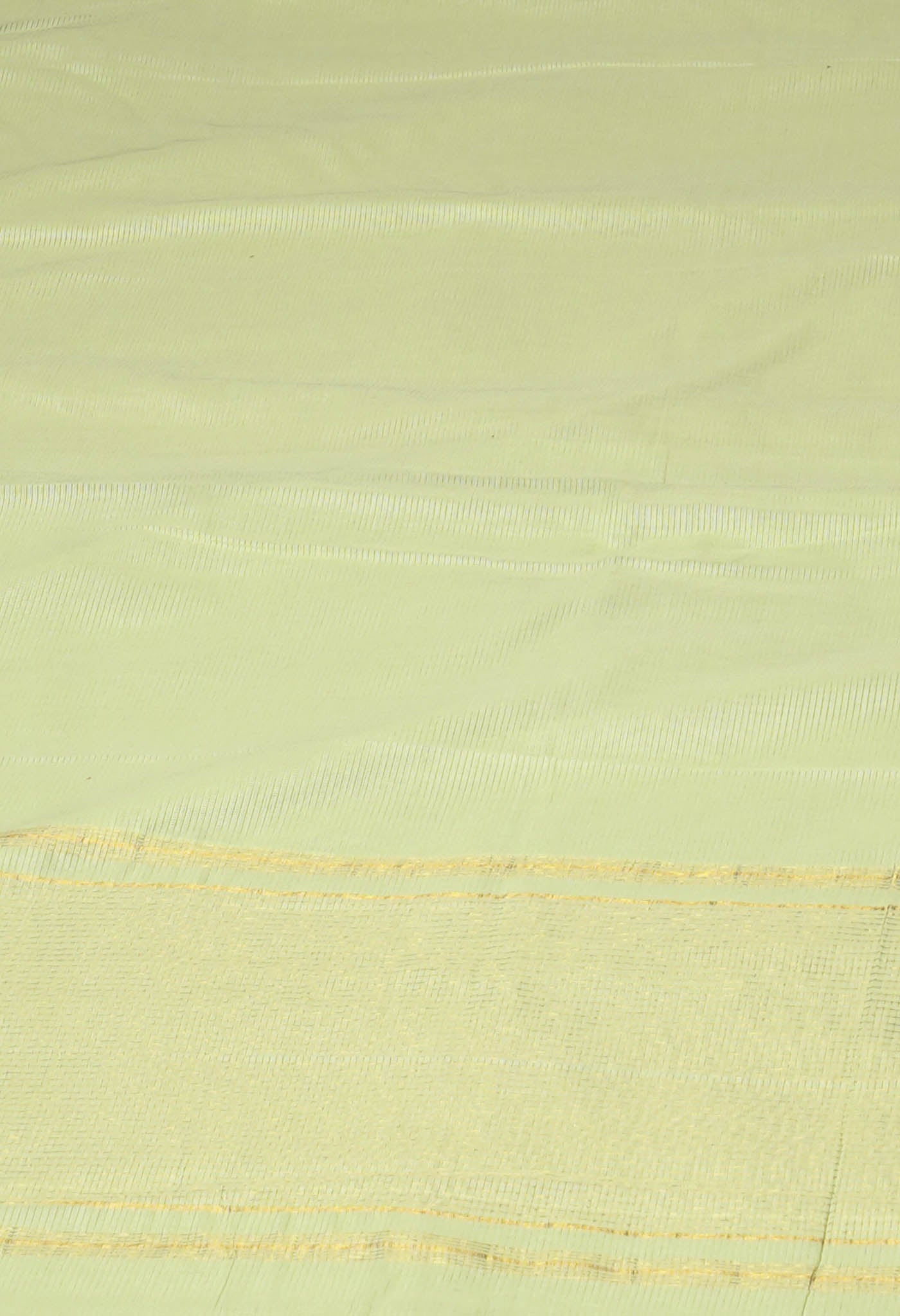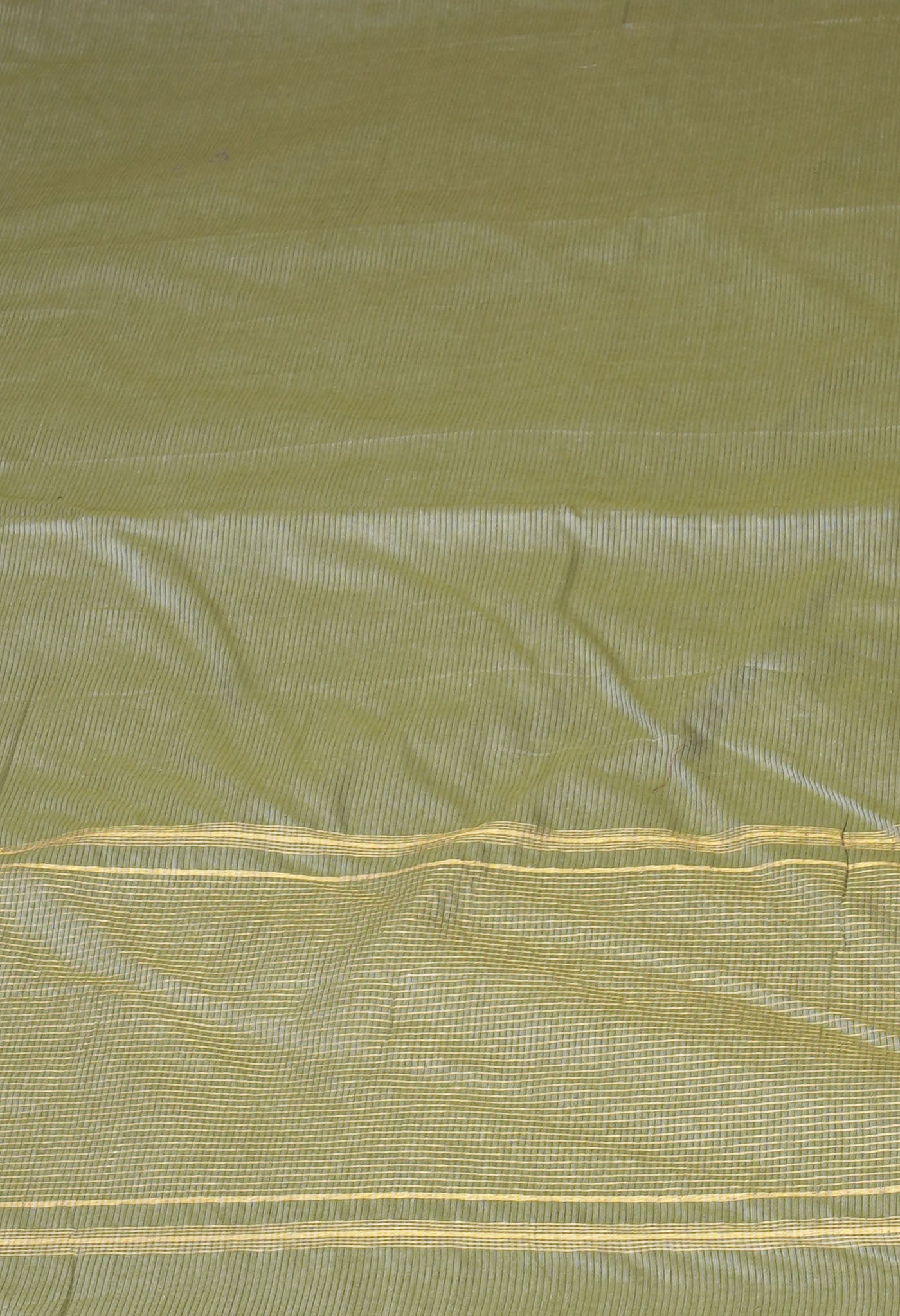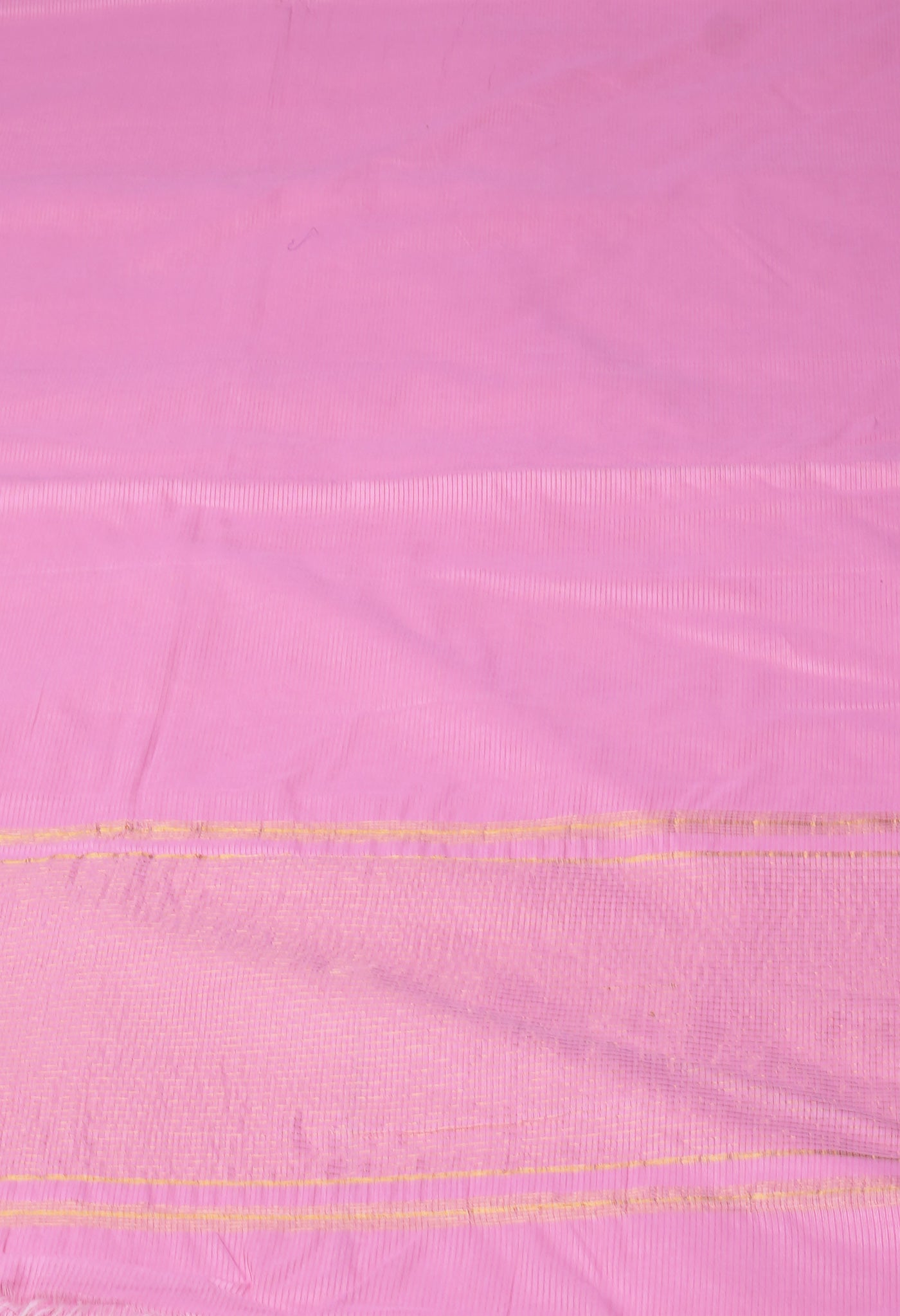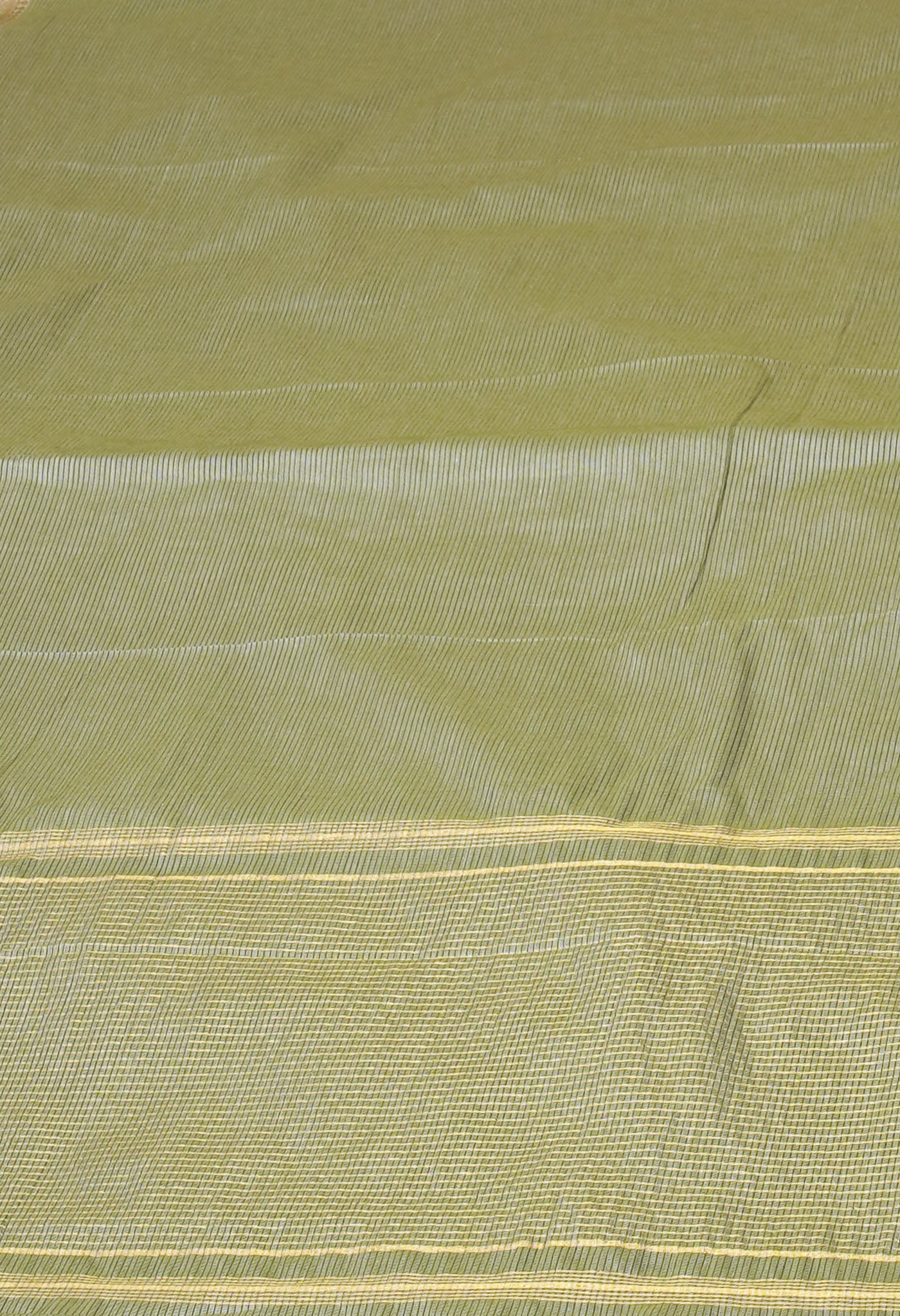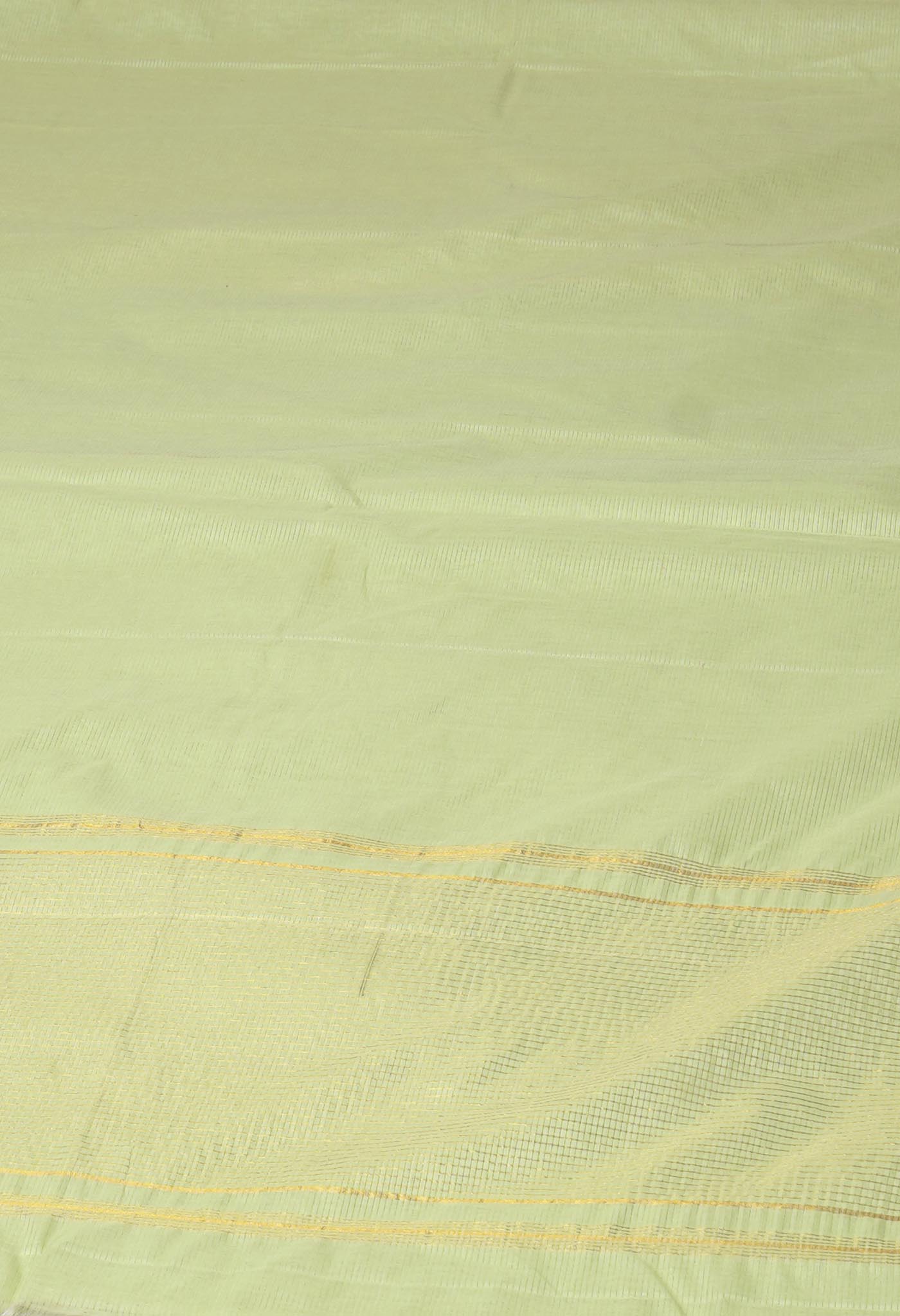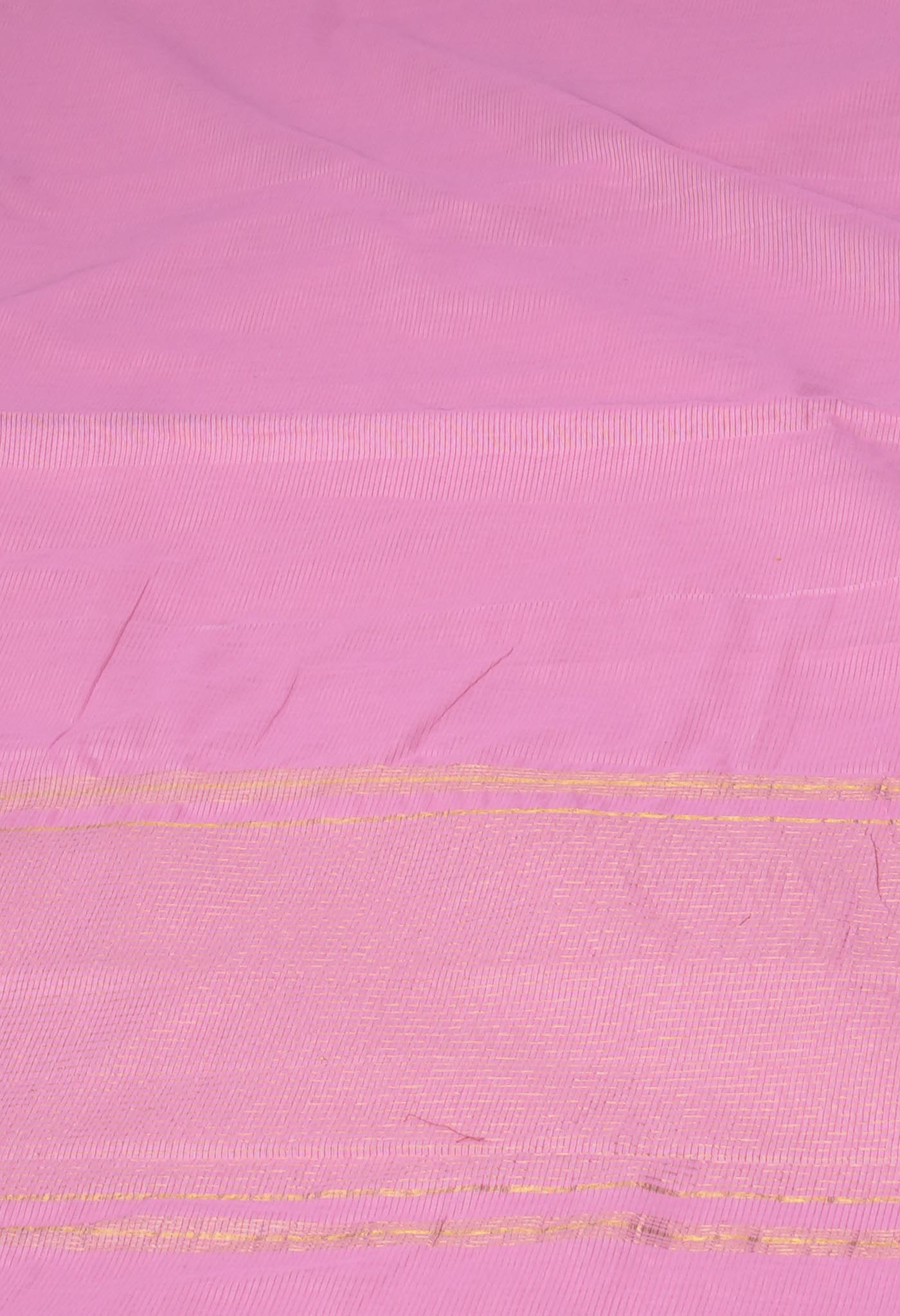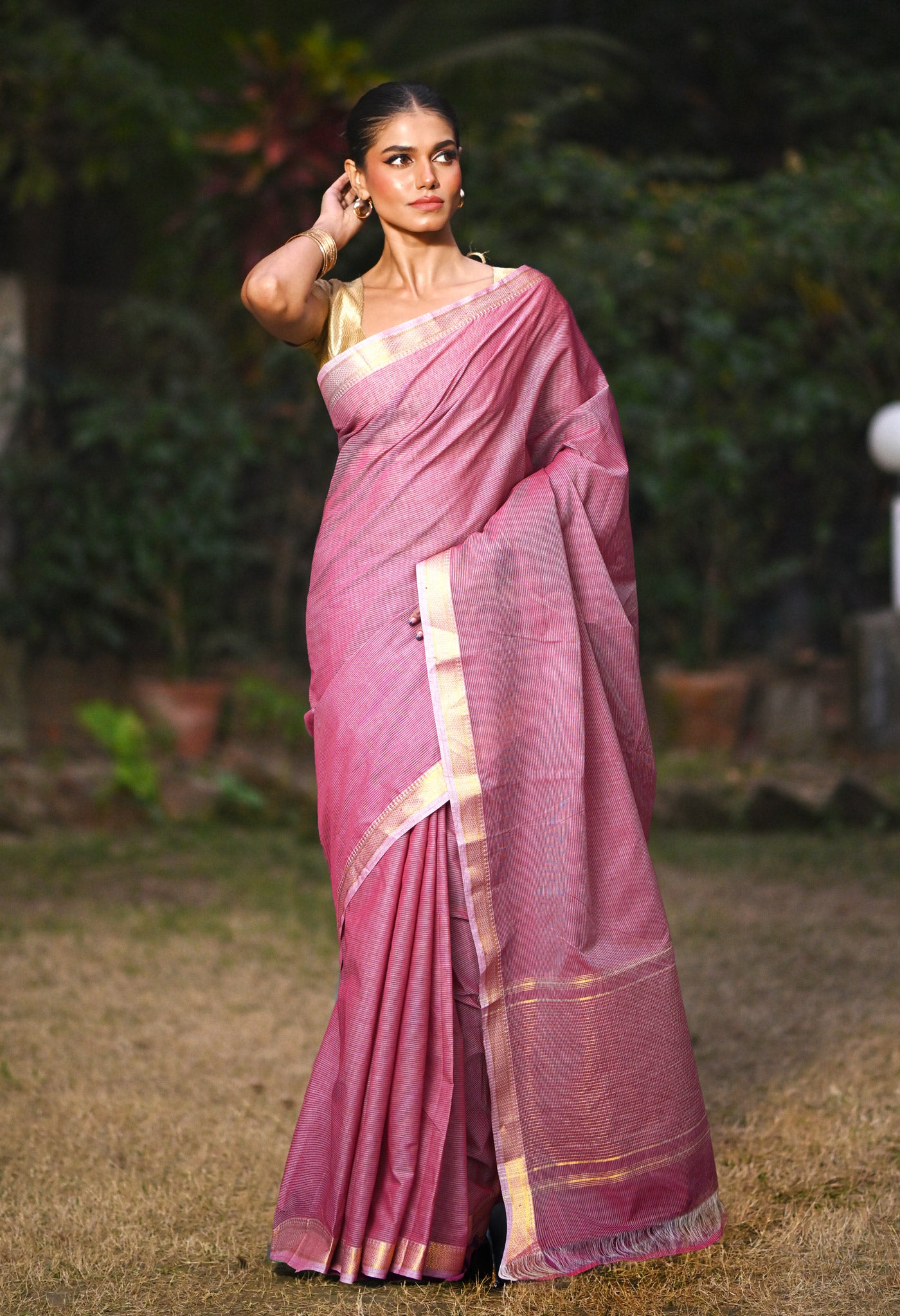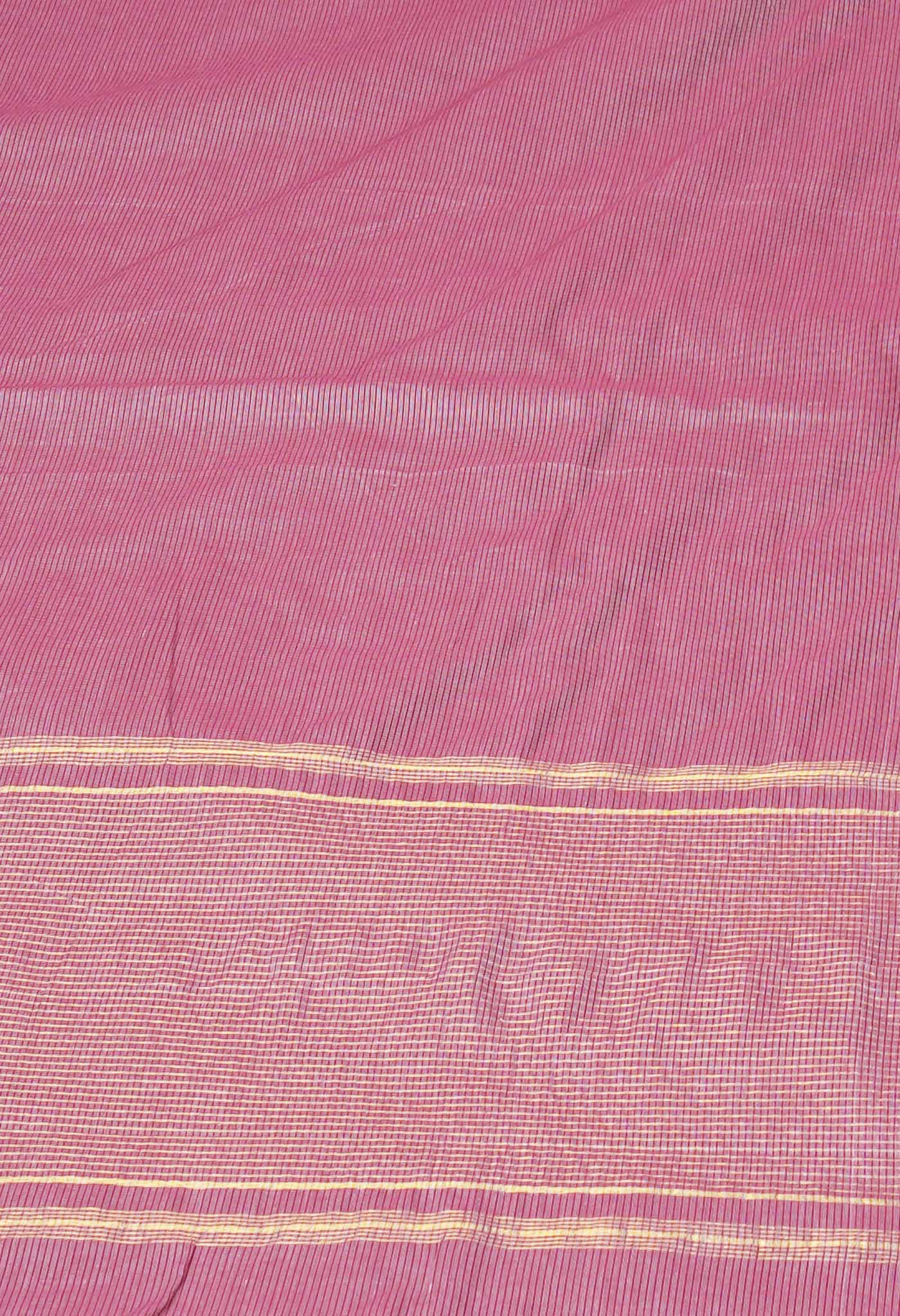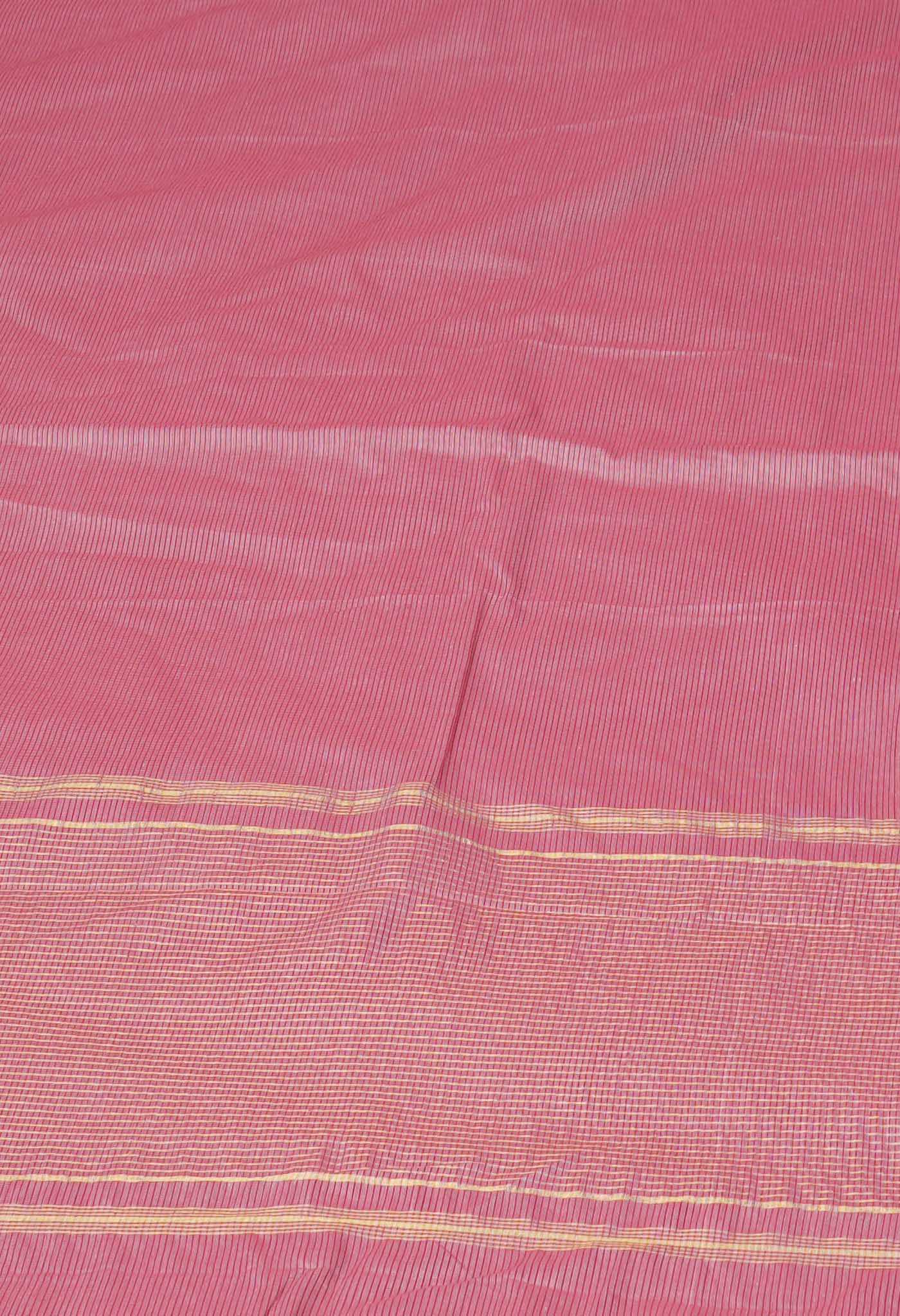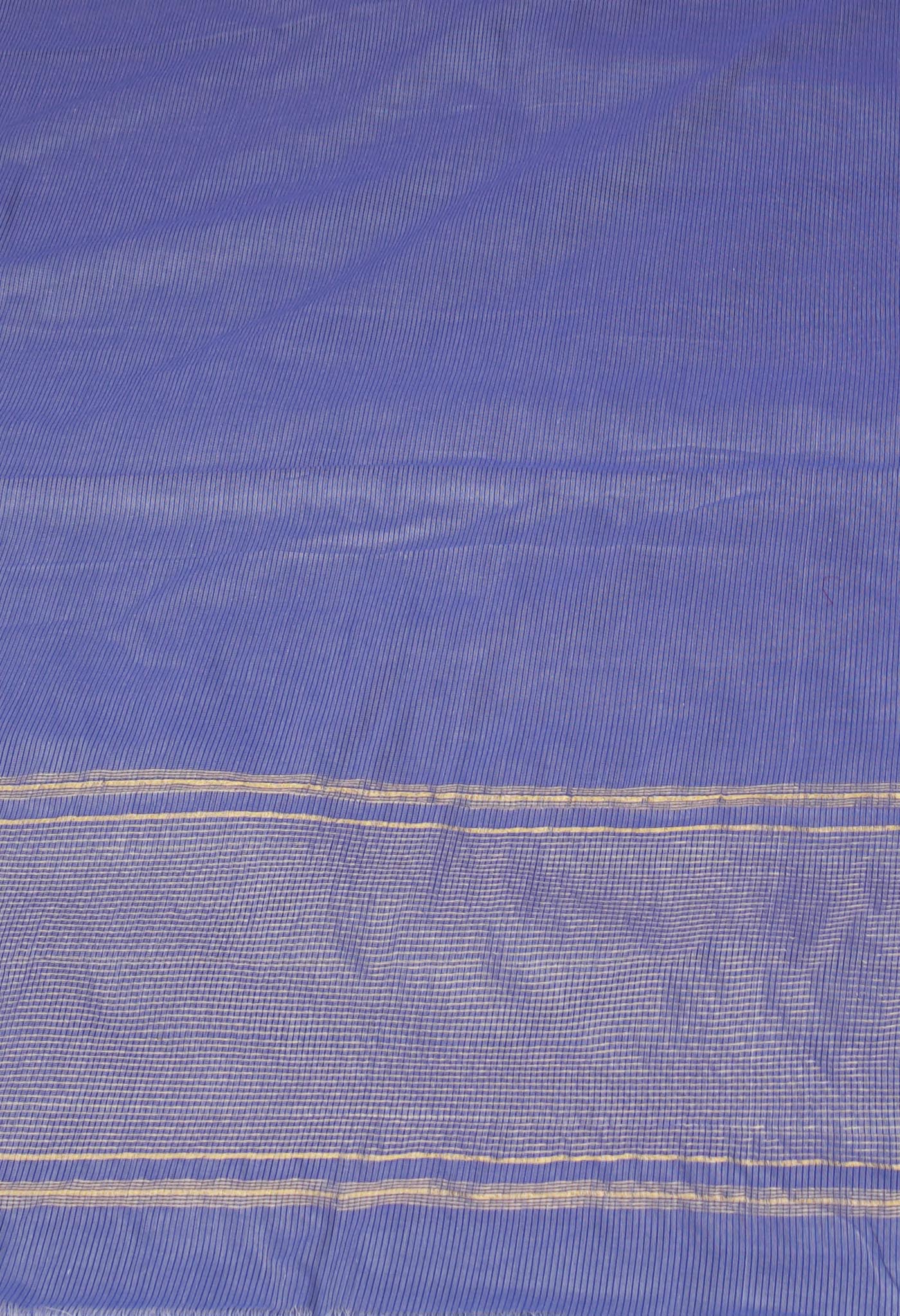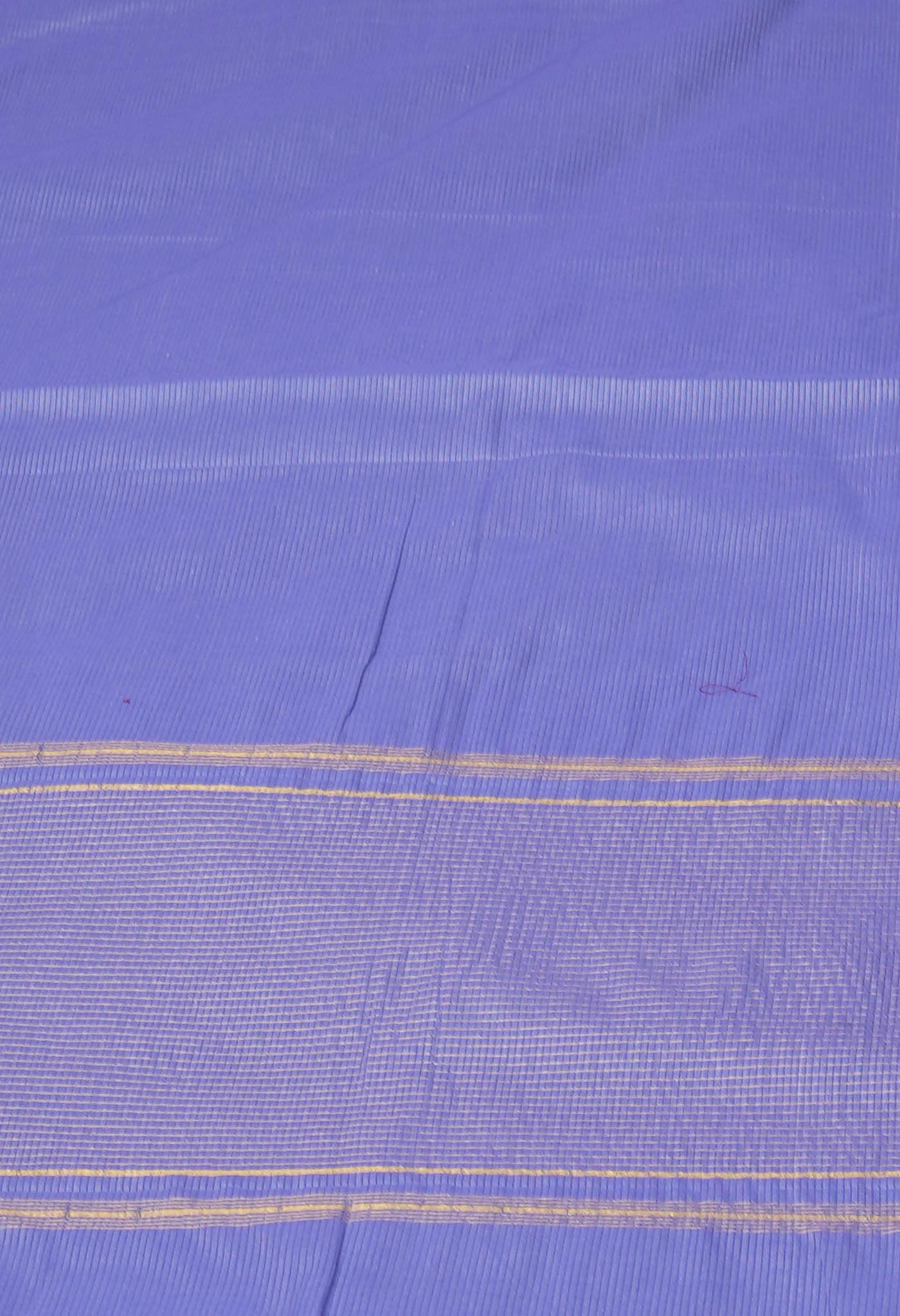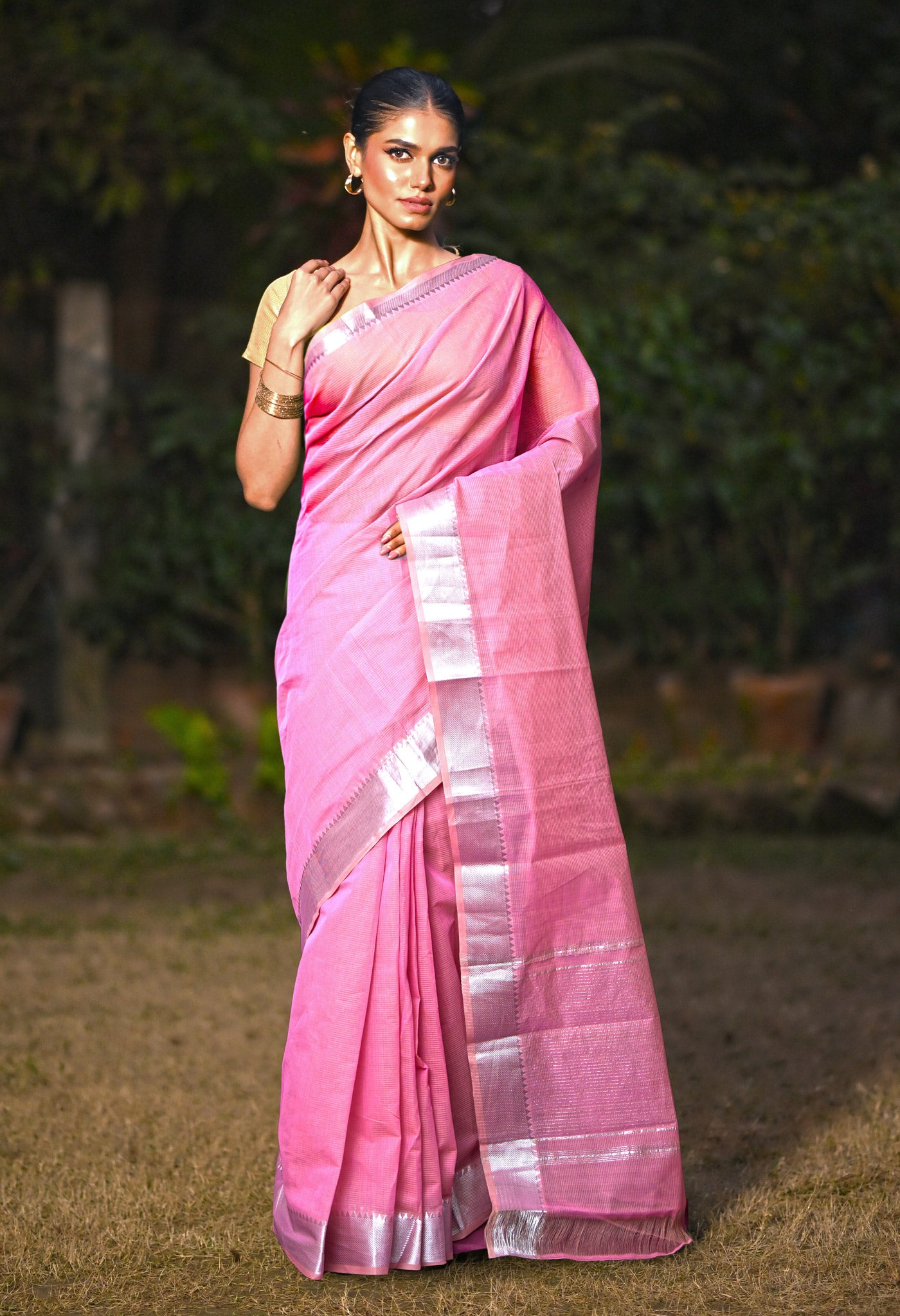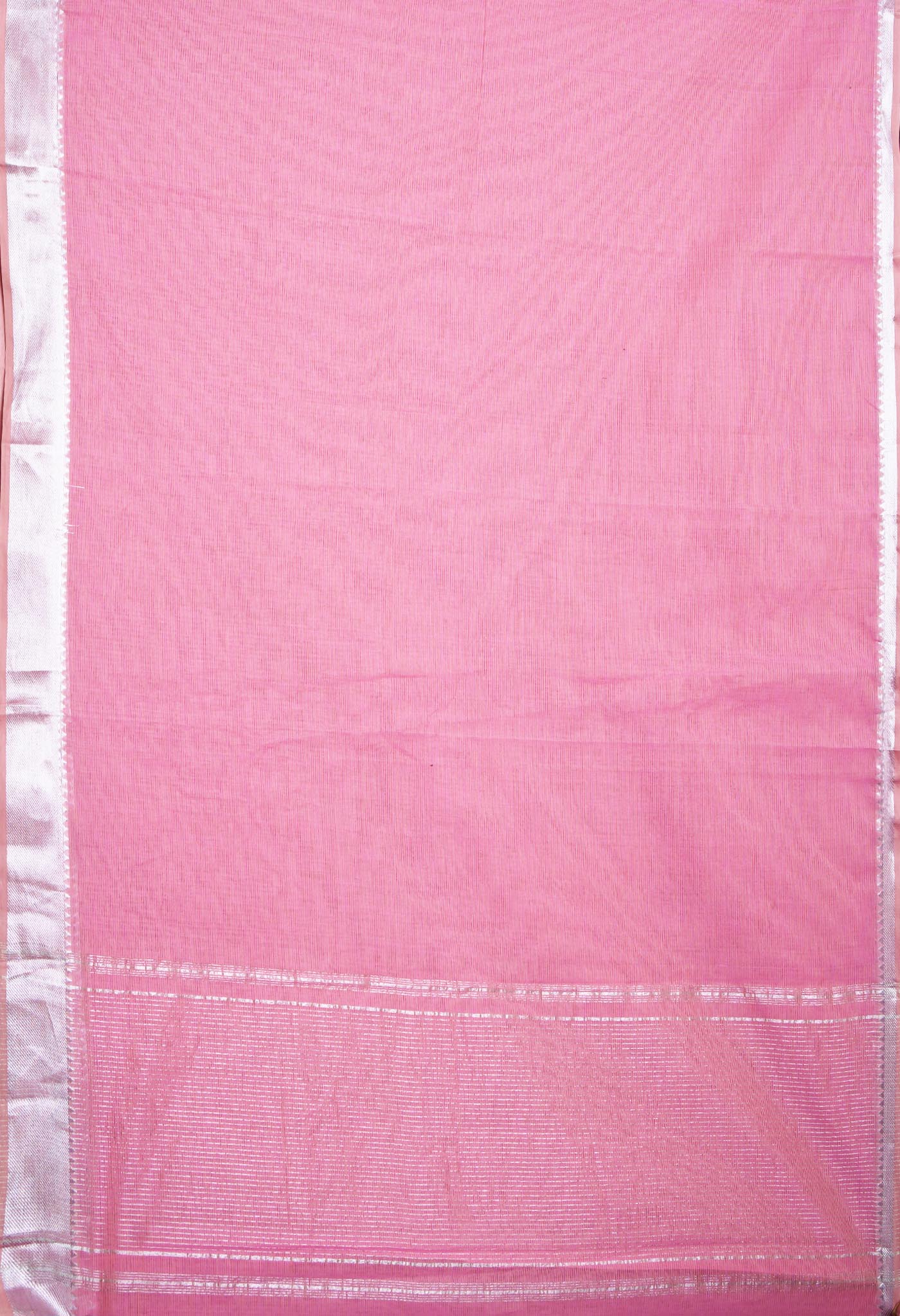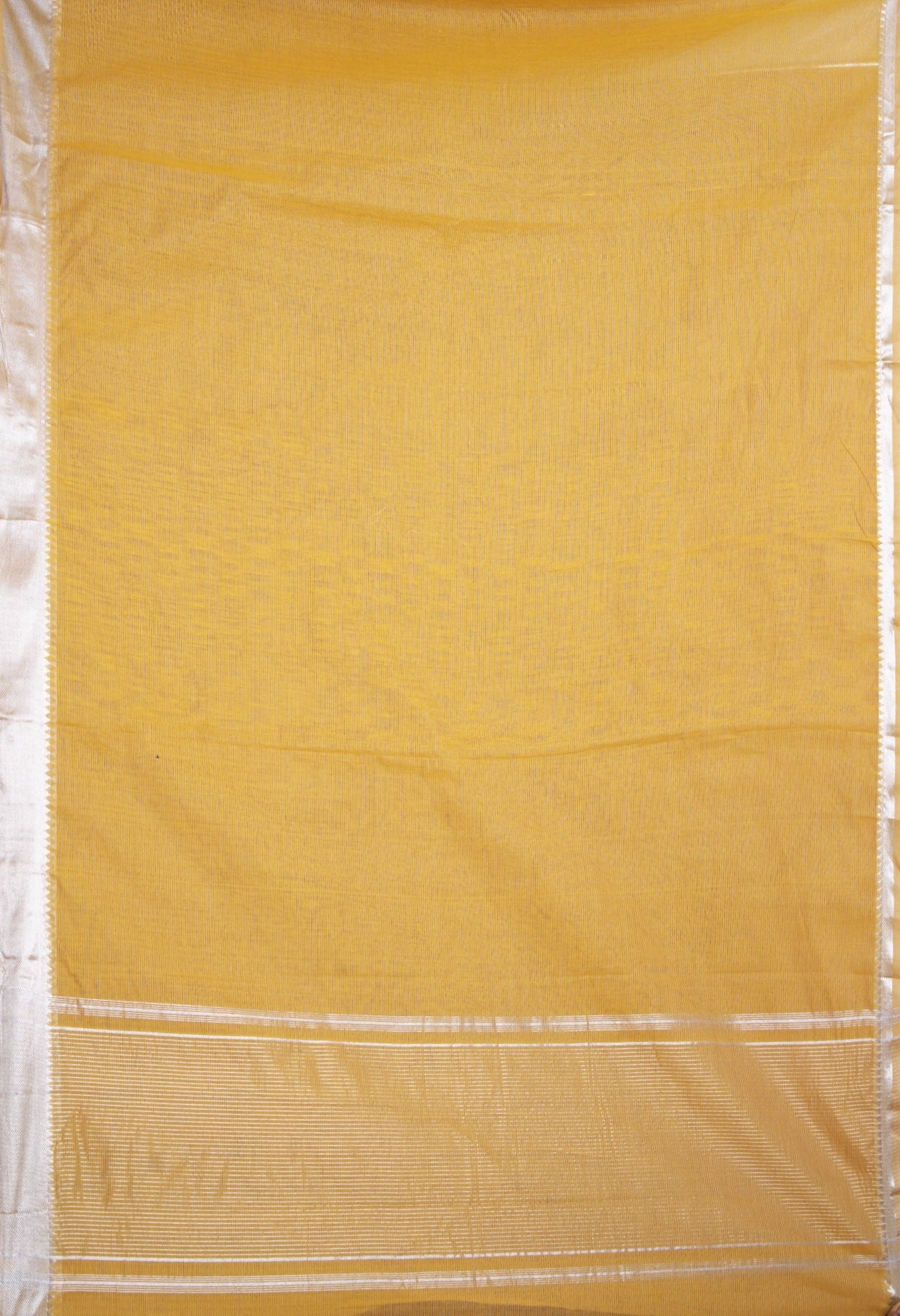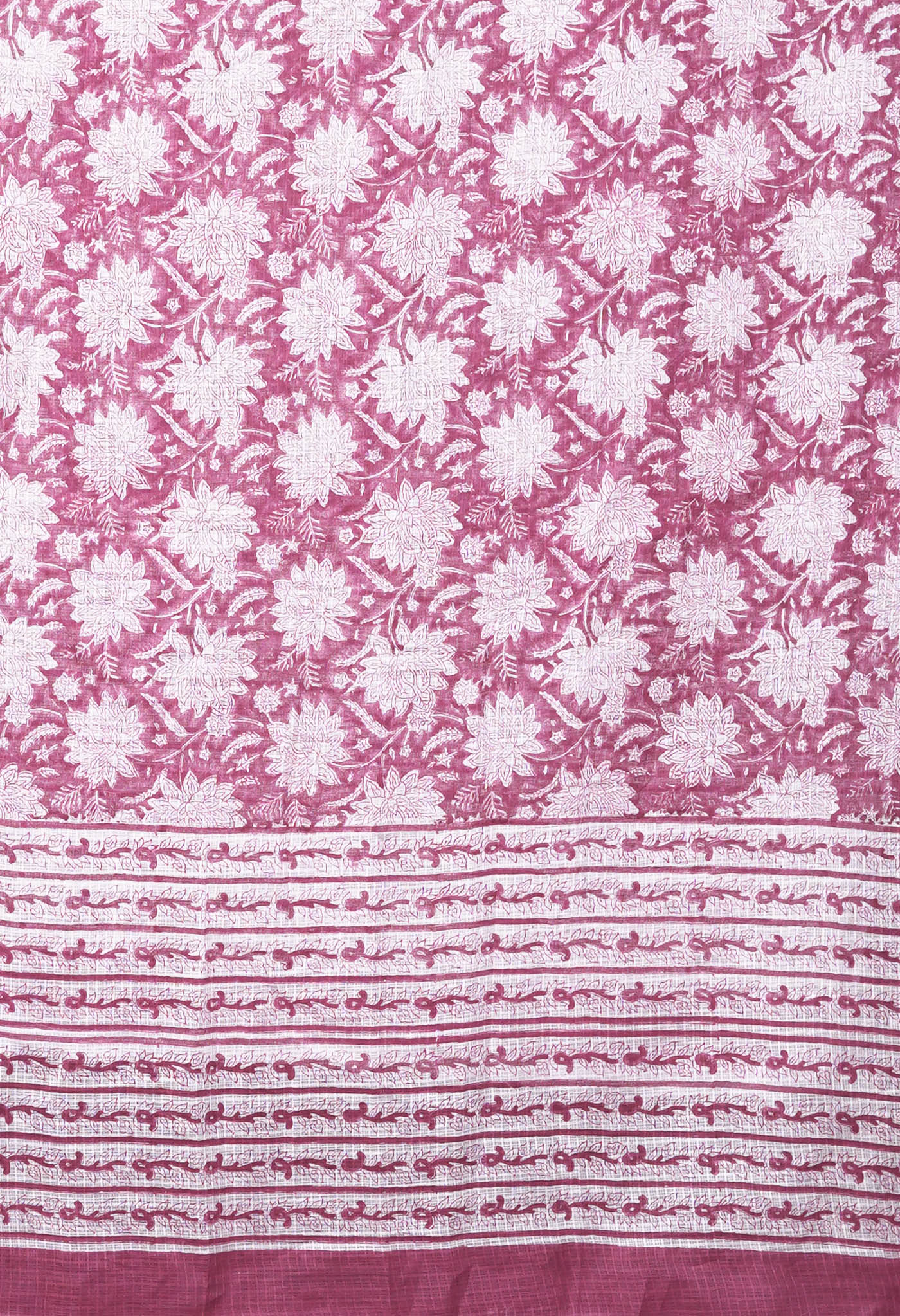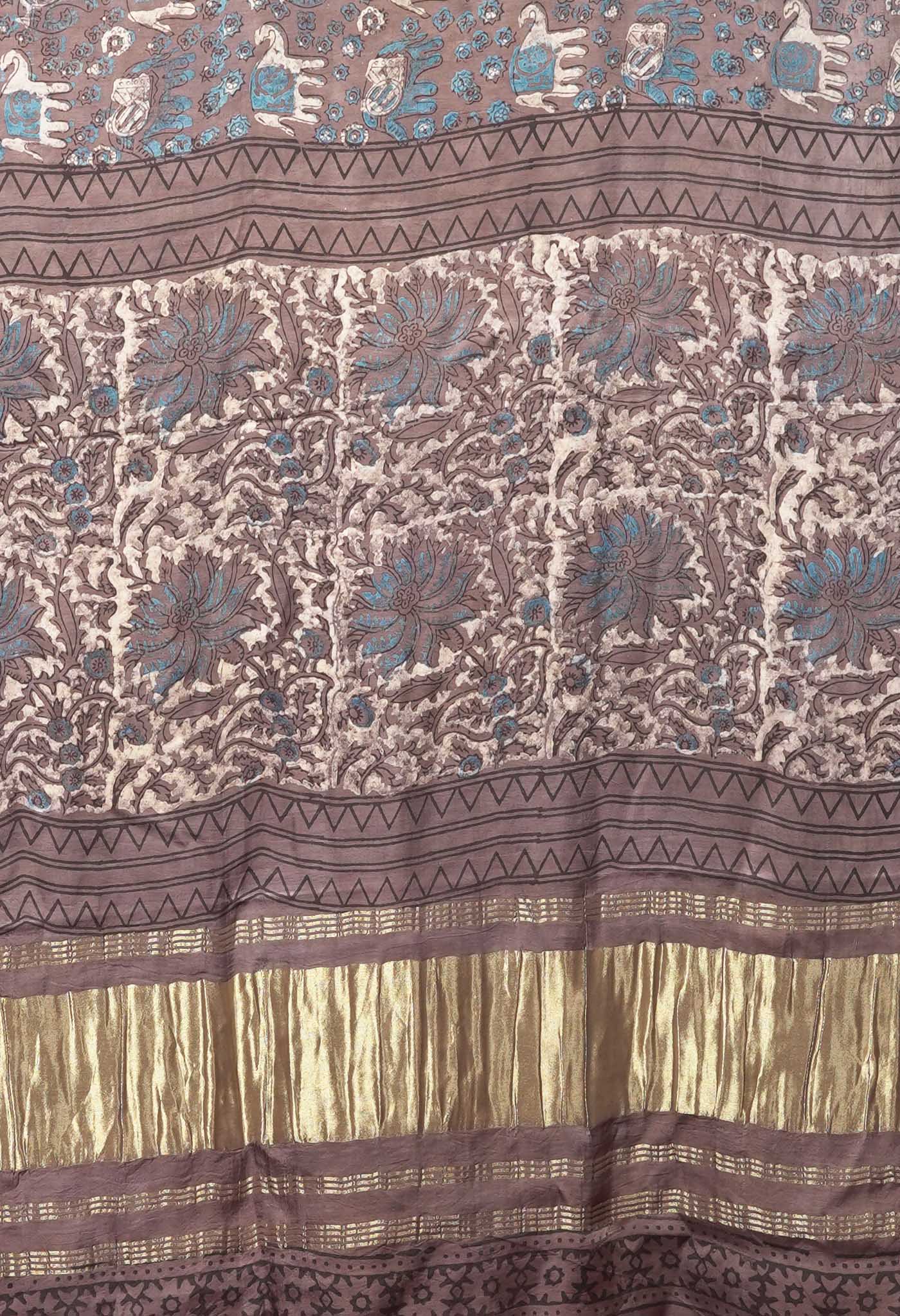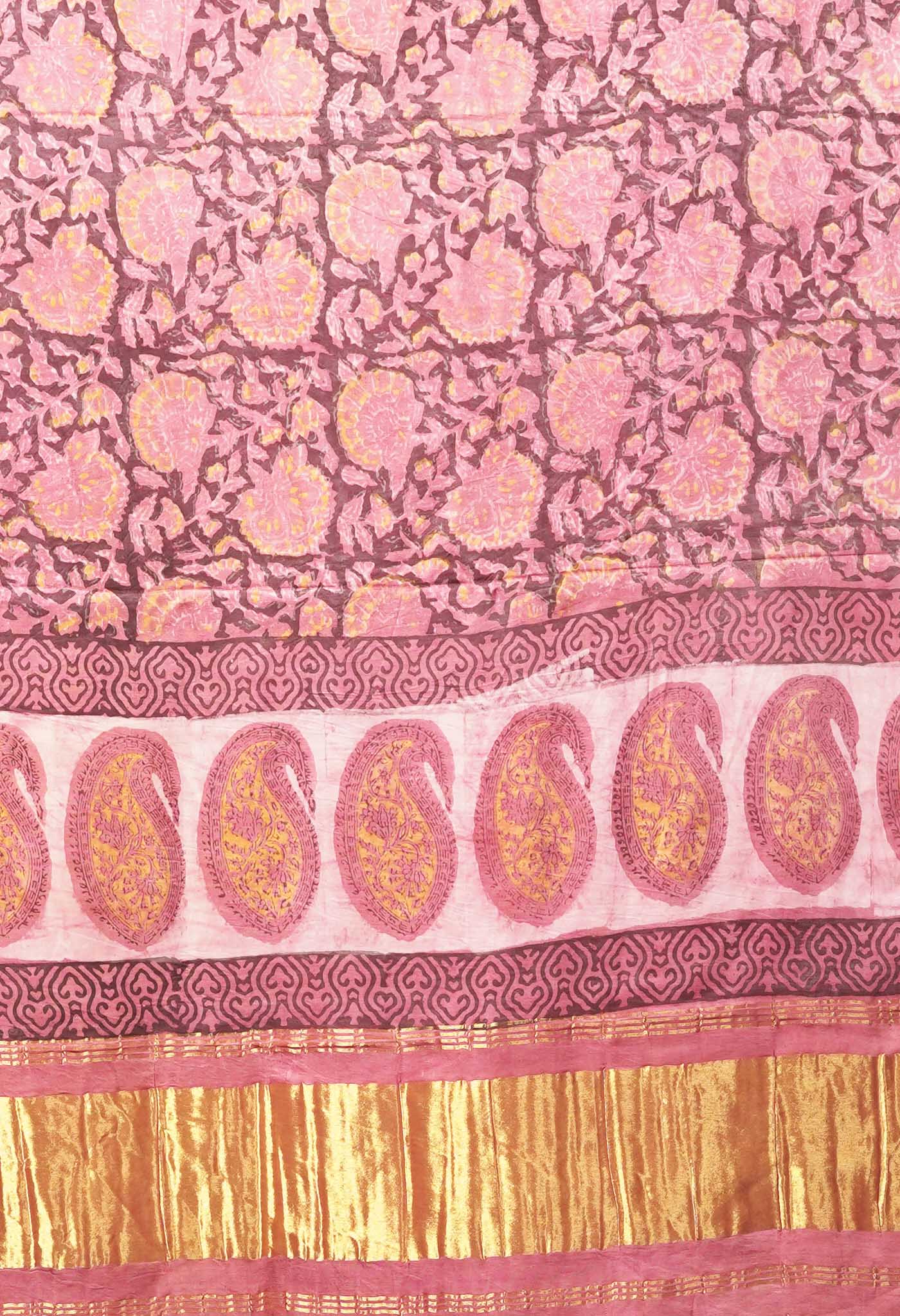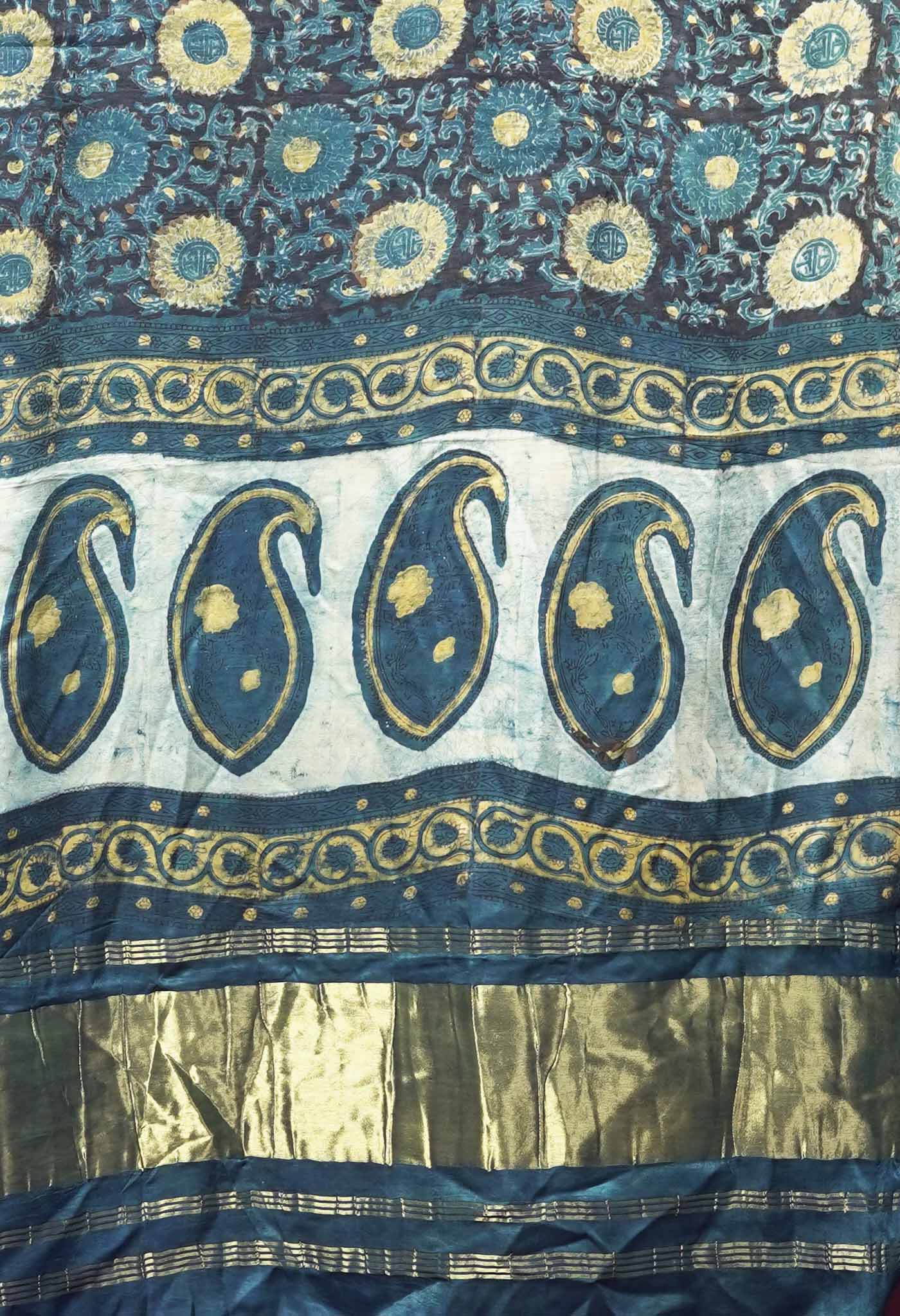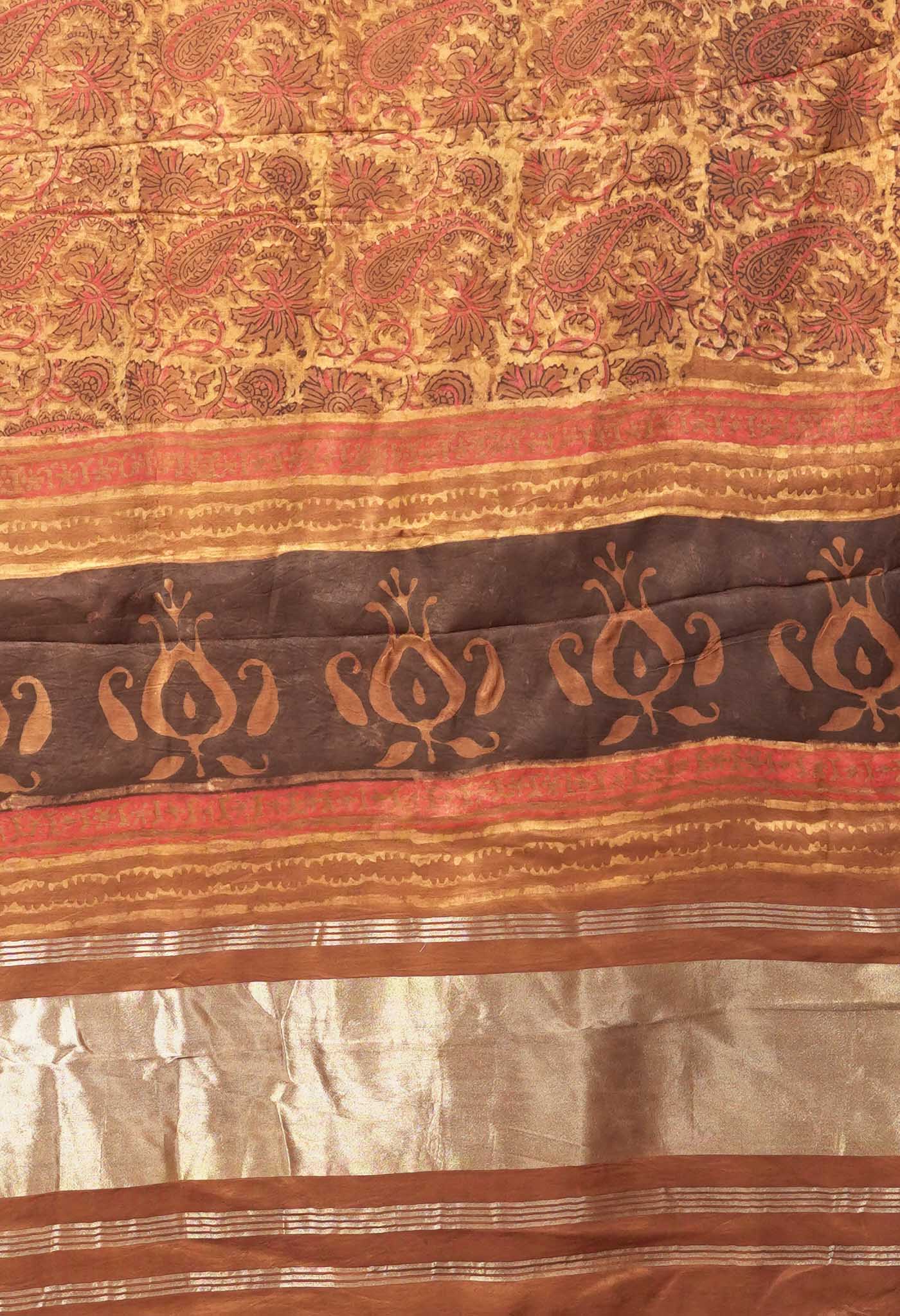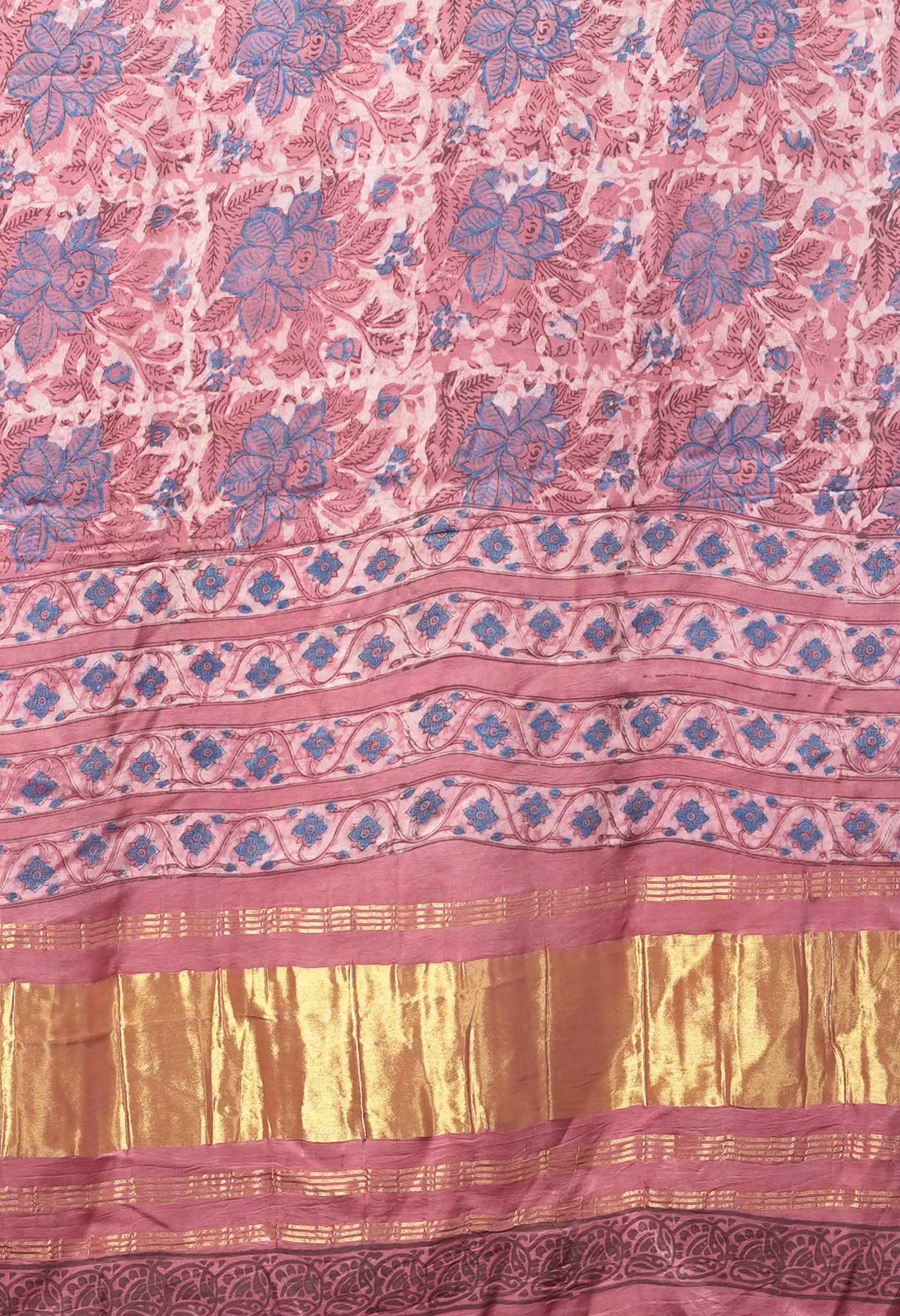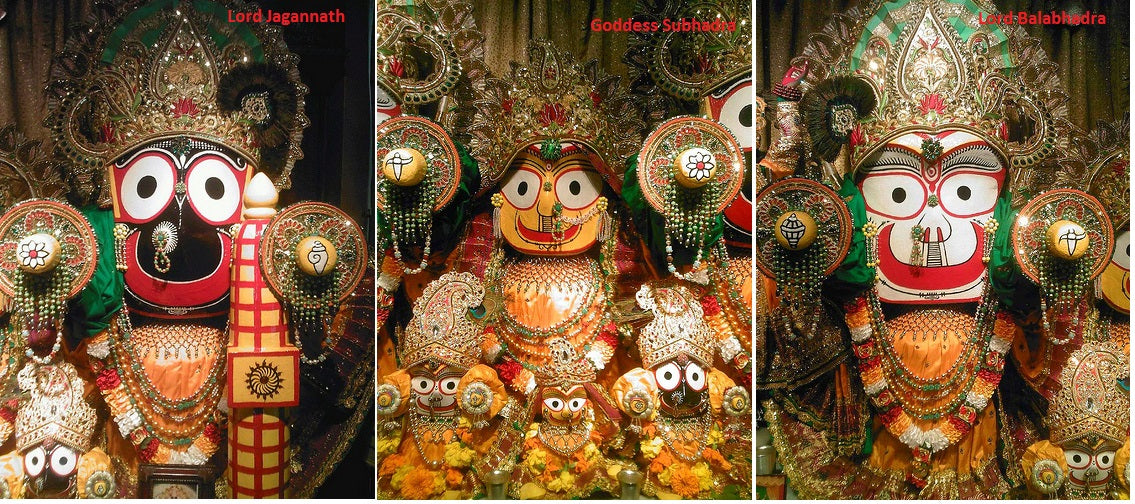
The annual Jagannath Yatra 2015 or Chariot Festival at Puri
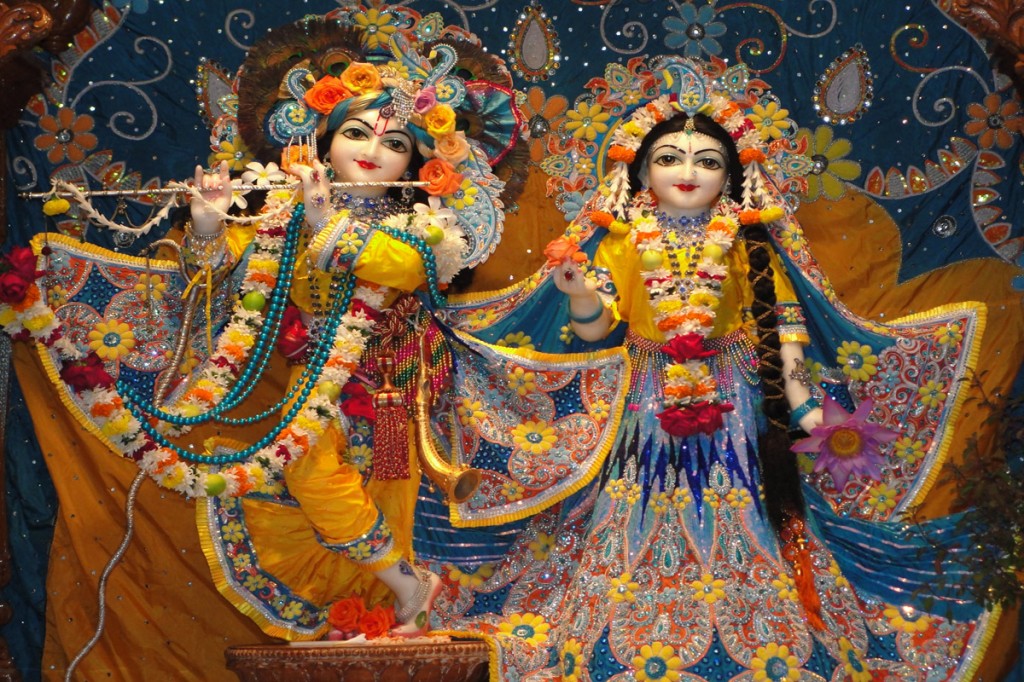
The Rath Yatra or Chariot festival, is an annual affair held in Puri, Odisha, India, eagerly awaited and heavily participated in, by people from all over the country and also has plenty of tourists and visitors who come to Puri, only for this occasion.
The Rath Yatra celebrations
Rath Yatra is celebrated every year on the second day of the waxing moon (Shukla Paksha) in the month of Asadh, the 3rd month in the Hindu calendar. This year the Jagannath Yatra shall be on 18th July, Saturday, according to the Gregorian or English calendar. Thousands of the gathered millions shall be pulling the ropes of the three chariots carrying 45 feet tall, wooden idols of Lord Krishna, his brother Lord Balbhadra and their sister Goddess Subhadra, splendidly adorned and brightly painted in equally grand wooden chariots that have been newly constructed. The procession would move from the Lord Jagannatha Temple to a distance of about 3 Km away where the Gundicha temple lies. Here the idols would remain for about nine days. Before the return to the Shri temple at Puri, the procession would stop at the Mausima (maternal aunt) temple, where the Lord and his siblings would symbolically partake a small meal of pancakes called ‘Podha Pitha’, believed to be the Lord’s favourite and return the way it had come. Every year this massive exercise is undertaken with inspiring regularity and utmost dedication and the Lord has never let his devotees despair in their whole-hearted efforts to celebrate the occasion.
[/vc_column_text][/vc_column][/vc_row][vc_row][vc_column width="1/1"][vc_column_text]
This year’s Jagannath Yatra is special
- The three chariots of Balarama, Subhadra and Jagannatha are newly constructed every year with wood of specified trees like phassi, dhausa, etc. They are customarily brought from the ex-princely state of Dasapalla by a specialist team of carpenters who have hereditary rights and privileges for the same. The logs are traditionally set afloat as rafts in the river Mahanadi. These are collected near Puri and then transported by road.
- But the idols of Lords Jagannatha & Balabhadra and Goddess Subhadra are replaced in a ritual called Nabakalebar, only when there is a repeat of the Hindu month of Ashada, which occurs once in nine to nineteen years. The lunar month Ashada is followed by another month of Ashada (double Ashada). The Nabakalebar ritual has taken place in the last century on 1912, 1931, 1950, 1969, 1997 and 1996. This year 2015 is when the Nabakalebar ritual will again take place in 19 years in the period July 18th and July 30th.
So this time along with the construction of three new chariots, there will be three new idols constructed as well.
[/vc_column_text][/vc_column][/vc_row][vc_row][vc_column][vc_column_text]
 [/vc_column_text][/vc_column][/vc_row][vc_row][vc_column width="1/1"][vc_column_text]
[/vc_column_text][/vc_column][/vc_row][vc_row][vc_column width="1/1"][vc_column_text]Construction of the three idols and the transfer of the Force into the new idols
The process of making three new idols has a lot of religious significance and observed very strictly by the priests of the Jagannatha Temple.
- The scriptures have mentioned that the wood needed for the construction of the new idols have to be from trees with specific number of branches, color and from specific location only for each of the three.
- To obtain this wood, a contingent of priests, servants, and carpenters moves out from the Jagannath Temple to find the appropriate neem trees, locally known as Daru Brahma, in a procession called the Banajag Yatra. The priests walk bare-footed to the temple of Goddess Mangala at Kakatpur, around 50 kilometers from Puri. There, the Goddess appears in a dream, and guides the priests as to where the trees can be found.
- Once the trees are located, they're secretly brought back to the temple in wooden carts, and the new idols are carved by a special team of carpenters. The carving takes place in a special enclosure inside the temple, near the north gate.
- Devotional songs and prayers from the Vedas are chanted continuously outside the area where the new idols are being
 carved from the neem wood. Once they're completed, the new idols are carried inside the inner sanctum of the temple and placed facing the old idols. The supreme power is then transferred from the old to the new idols, in a ritual known as Brahma Paribartan. This ritual is carried out in privacy with the priest performing the ritual being blindfolded, and his hands and feet being wrapped in thick layers of cloth, so that he can't see or feel the transfer.
carved from the neem wood. Once they're completed, the new idols are carried inside the inner sanctum of the temple and placed facing the old idols. The supreme power is then transferred from the old to the new idols, in a ritual known as Brahma Paribartan. This ritual is carried out in privacy with the priest performing the ritual being blindfolded, and his hands and feet being wrapped in thick layers of cloth, so that he can't see or feel the transfer. - The Tulasi garden or holy place where the old idols and newly constructed wooden idols are brought face to face, is where the Shaligram or holy stone is removed from the old idol and fitted in the new one for each of the three deities. The transfer of the stone is a physical act done by a sect that has been doing this since traditional times. But the power that is transferred from the old to the stone in the new is a divine force that is actually felt by the very people that undertake this pious task once in twelve years.
- Once the ritual is complete, the new idols are seated on their throne. The old idols are taken to Koili Baikuntha and buried there in a sacred ceremony before dawn. It's said that if anybody sees this ceremony, apart from the priests who perform it, they will die. As a result, the state government orders a full blackout of lights in Puri on the night the ceremony is performed. Afterwards, the temple rituals recommence as normal.
- The old idols that are buried atop one another disintegrate on their own and as per legend, to prevent other witnesses from becoming blind in observing this forbidden sight even inadvertently the city is blacked out till the task is completed. This fact may be ascertained from the veteran priests of the temple and also finds mention in the religious texts of Lord Jagannatha sold in the local shops at Jagannath Puri.
The significance of the awesome Jagannath Yatra
The festival is celebrated every year since traditional times and even the ancient scriptures or Puranas have mention of the observance. The celebration on such a grand scale and with thousands taking part and millions observing has a special meaning attached to the event.
- It is widely believed that he who has a glimpse of the idols or a touch of any of the chariots bearing the three, believed to be having the Divine Energy, would be closer to salvation and delivered from the cycle of birth and death soon.
-
 It is the only procession of the divine which has God coming out to meet his devotees rather than devotees visiting a place of worship. This affords believers and non-believers, of different caste, creed, culture, etc. to have the benefit of his blessings.
It is the only procession of the divine which has God coming out to meet his devotees rather than devotees visiting a place of worship. This affords believers and non-believers, of different caste, creed, culture, etc. to have the benefit of his blessings. - Despite the enormity of the task and the grandeur of the event, every year it has gone on to be celebrated successfully without hitch, with each and every aspect taken care of nicely, from planning to execution. It is as if the Lord is personally supervising the success of the task.
- Jagannath Puri temple is also called ‘Yamanika Tirtha’ where, according to the Hindu beliefs, the power of ‘Yama’, the god of death has been nullified in Puri due to the presence of Lord Jagannath, popularly known as Lord Krishna, and his siblings – Lord Balabhadra and deity Subhadra – in the Jagannath Puri temple.
- It is considered one of the four Dhams of the Char Dham or one of the four holiest places in India to be visited in tandem with the other three - Badrinath, Dwarka and Rameshwaram.
[/vc_column_text][/vc_column][/vc_row]
The International Celebrations
Lakhs of onlookers gather from all parts of India at Puri as do several thousands of visitors from overseas for the occasion. It is now also a part of an international itinerary for tourists, thanks to the involvement and active support of ISKCON. The Rath Yatra celebrations are also observed in over 100 cities across the world including Lagos, Dublin, Belfast, Birmingham, London, Bath, Budapest, Melbourne, Montreal, Paris, New York, Singapore, Toronto, Suva, Antwerp, Kuala Lumpur, Venice, California, Dhamrai simultaneously.

The Rath Yatra shall shortly be upon us to witness and it is the Lord’s merciful benevolence that some of us shall be actual witness to the spectacle. The rest shall have to remain contented that they could have an opportunity some time else in the future. Whatever it be, the very name of the Lord Jagannatha taken on the auspicious occasion will infuse energy and strength in our tired souls to be able to carry on with vigour for the rest of our lives.

